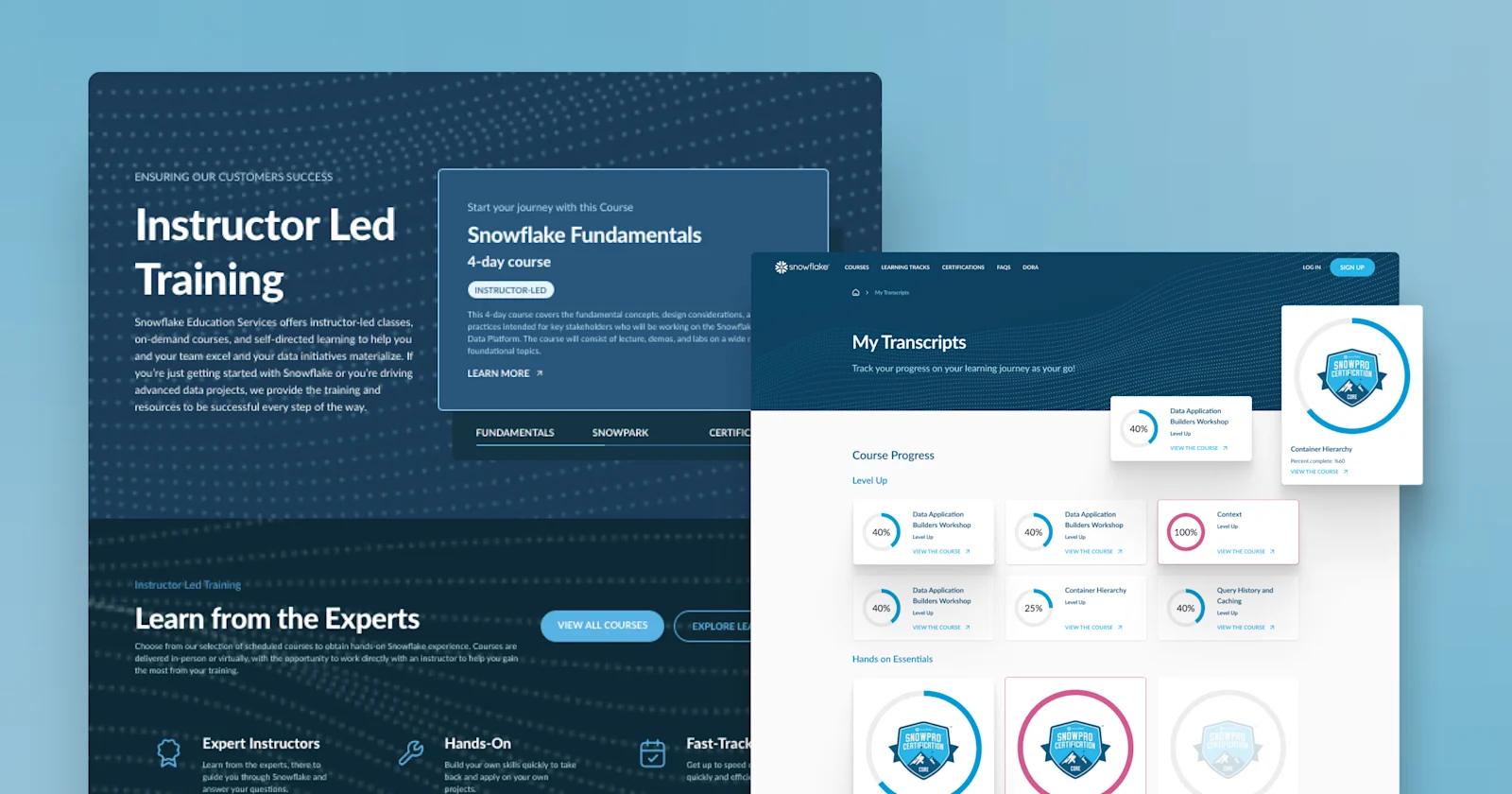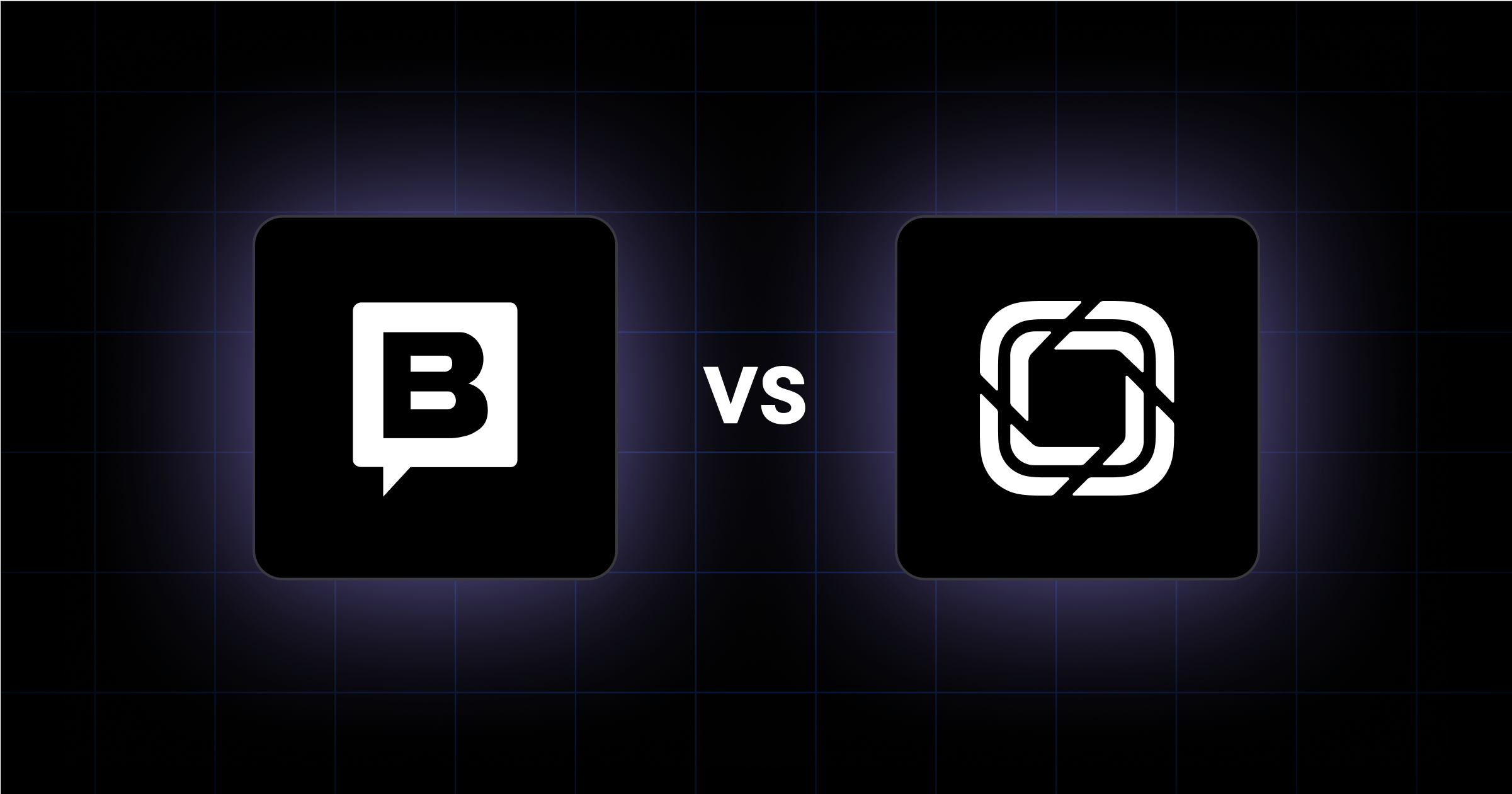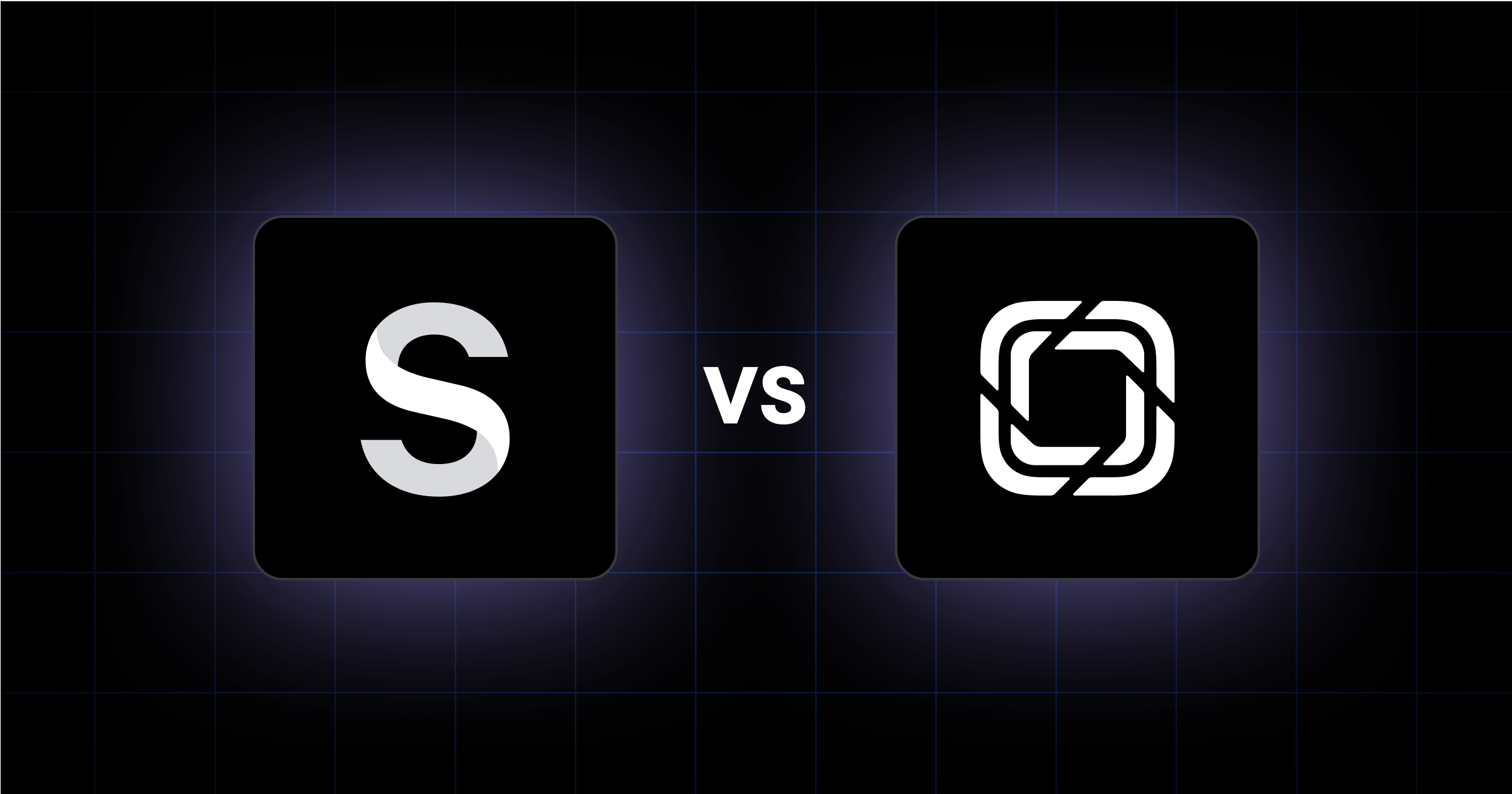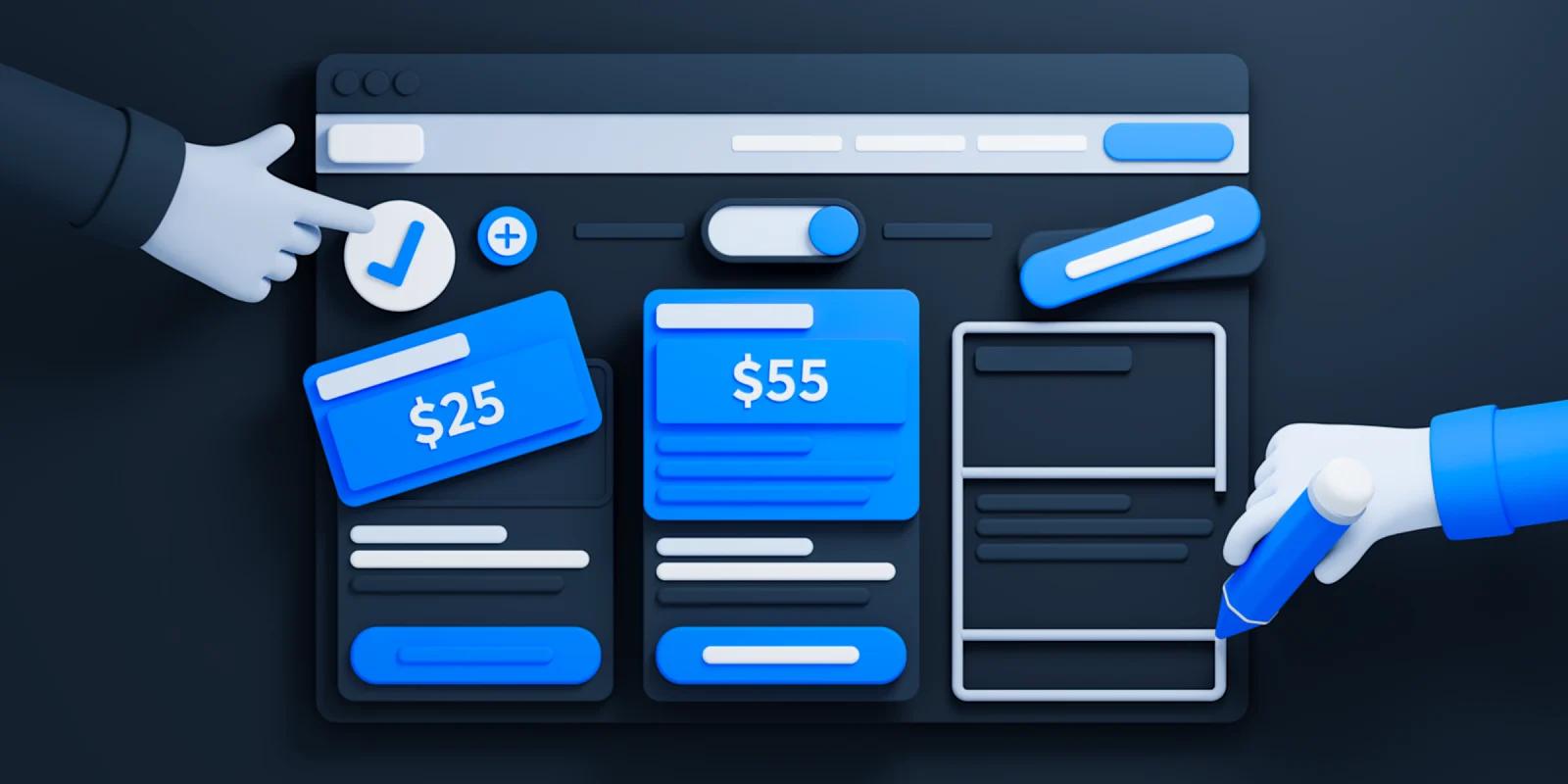Introduction
What’s the difference between a microsite and a landing page?
While both can share similar content, it’s important to understand their differences to determine which is best for your digital marketing campaigns and business goals.
Keep reading to learn about the distinctions, their unique strengths, and the best use cases for each.
What is a Microsite?
The average attention span lasts just 8.25 seconds. Unsurprisingly, people seek more concise and engaging content. That’s where microsites step in.
The definition of a microsite is a small branded website that focuses on a specific campaign or offering. With a microsite, companies can engage site visitors with focused messaging, spark their interest, and entice them to explore specific offerings.
Microsites are a powerful marketing tool for companies to reach target audiences and achieve multiple business goals – from raising brand awareness to boosting conversions.
A microsite and company website have different core goals and intentions.
The company website features a comprehensive list of your products or services, conveys your brand narrative, and is designed primarily for driving sales or lead generation.
Microsites usually employ an alternative domain or subdomain separate from the company website. While they feature links leading back to the main website, they are separate entities with unique design and content. Typically, microsites are more content-heavy, interactive, and visually-stunning than the parent website.
Advantages of a Microsite
Let’s cover the benefits of microsites and how they can be a game changer for your B2B SaaS marketing strategy.
Comprehensive storytelling
Microsites are a powerful storytelling tool to convey the value and functionality of a B2B SaaS product or service. Microsites often go beyond the surface of a product by focusing on specific messaging and features to address customers’ specific pain points.
Many brands go above and beyond with storytelling by implementing engaging elements like virtual tours, data visualizations, and other interactive elements.
Immersive user experience
With custom designs and interactive elements, microsites can engage visitors with custom layouts and branding tailored to a specific topic or theme.
Microsites provide the freedom to add more on-theme interactive elements — such as videos, infographics, and animations — that make for an engaging and memorable user experience.
An example of an award-winning, immersive microsite is Adobe’s “Creative Types.”

This genius microsite features an interactive personality test that allows users to assess their habits and discover their creative personality. The use of playful character design, fun transitions, and eye-catching colors all make for an enjoyable user experience. It’s a smart, creative play by Adobe to reach millions of creatives by offering added value associated with the brand.
Hyperfocus on specific customer needs and wants
B2B SaaS companies create dedicated microsites to provide a comprehensive resource hub for different target audiences.
By offering a centralized platform for learning and engagement, companies can facilitate a deeper connection with different buyer groups while demonstrating their commitment to providing valuable support.
This approach fosters community and empowerment, allowing all buyers to feel confident in their buying decision.
This strategy is one of the many ways microsites can play a role in elevating account-based marketing (ABM) efforts.
Take it from Corrina Owens, Senior ABM Manager at Gong, who dropped some knowledge on the ForwardSlash podcast about how microsites can help companies elevate their ABM motions.
Listen to Corrina Owen’s Full Episode on How ABM microsites can help your ABM troubles.
Moving on from the benefits of a microsite, here’s a great example of a microsite that checks off all the boxes.
Microsite example: Snowflake

An exceptional microsite example that illustrates all these advantages is Snowflake’s educational microsite: Snowflake University.
Snowflake partnered with Webstacks to design a fresh, fast, and functional microsite for Snowflake Data Cloud users to access certification and training programs.
In the end, Webstacks created a microsite that better reflected Snowflake’s branding and enhanced the user experience with a new design system, sleek layouts, and gamification elements. All these improvements make for a microsite that’s both educational and entertaining!
Key aspects we love from Snowflake University:
✔ Color palettes matching Snowflake’s corporate branding.
✔ New filtering by topic and cost to make it easier for users to explore all educational content.
✔ Gamification with a progress bar, motivating learners to continue their learning journey.
Learn more about Snowflake University's microsite revamp.
You can also check out more microsite examples here.
What is a Landing Page?
A landing page is a standalone web page created with one primary purpose in mind: lead conversion.
Examples of a conversion include users signing up for a webinar, downloading an eBook, or requesting a demo. Landing pages are part of a sales funnel designed to capture leads or push prospects further down the conversion path.
Advantages of Landing Pages
Let’s dive into the distinct benefits of a well-crafted landing page for B2B SaaS businesses, from its role as a powerful conversion tool to its impact on SEO.
Guide visitors toward desired actions
Landing pages are laser-focused on guiding site visitors to take a specific action. Well-designed landing pages deliver concise messages and typically feature prominent, compelling CTAs that direct visitors to take action – whether it's downloading an eBook or requesting a demo.
Faster development
When it comes to quick development, landing pages offer a speed advantage and are more straightforward than developing an entire microsite. Since standalone landing pages are fast to produce, landing pages are also ideal for rapid A/B testing, which allows for experimentation and helps companies quickly identify what resonates best with their audience.
Improve SEO using the website’s main domain
Landing pages, when strategically designed, can improve a main company website’s SEO. When optimized for specific keywords, landing pages can improve a website’s SEO authority and performance in search engine rankings. Additionally, well-designed landing pages can improve a company’s site performance by driving more website traffic, engagement, and conversions.
Landing page example: BetterUp
Here’s a fantastic example of well-designed landing pages from BetterUp for two initiatives: their Insights Report 2023 and Science Series.

With these landing pages, BetterUp conveys its values in a strong coaching culture to facilitate ongoing organizational change. The use of prominent CTAs and concise, bold messaging drive page visitors to download the report or watch their science series.
Webstacks was lucky to collaborate with the BetterUp team to design data visualizations that convey key insights, capture attention, and enhance engagement.
Main features we admire love from BetterUp:
✔ Eye-catching data visualizations that illustrate insights and the value of BetterUp’s offerings.
✔ Persuasive copy and well-distributed CTAs that drive visitors to engage with the content.
✔ Use of captivating gradients and colors that reflect BetterUp’s branding.
When to Use Microsites vs. Landing Pages
Now that we've clarified the differences between microsites and landing pages, let's jump into the best use cases for each to maximize the impact of your B2B SaaS website.
When to use microsites
Product launches
When introducing a new B2B SaaS product or a significant update, microsites shine. They allow you to provide comprehensive information, demos, and customer testimonials, creating a more immersive experience for your audience.
Events and conferences
Hosting an industry event or conference? A microsite dedicated to the event can be your central hub for registrations, agendas, speakers, and additional resources, ensuring a seamless experience for attendees.
Complex solutions
If your SaaS product or service is multifaceted and requires a deep dive to understand its benefits fully, a microsite can educate potential customers effectively. Custom microsites can specifically address unique pain points and align complex SaaS solutions with individual business goals for target accounts.
Long-term campaigns
For extended marketing campaigns, such as a year-long case study or a comprehensive industry report, a microsite can house all related content, making it easily accessible and engaging for your target audience.
On the topic of target audiences, many B2B GTM leaders like Tony Flores – Founder of Growth Science – believe in “microsites for the market” instead of specific accounts to target larger audiences with long-term campaigns.
When to use landing pages
Lead generation
Landing pages are your go-to when the primary goal is to capture leads. Whether it's signing up for a newsletter, requesting a demo, or downloading an eBook, the focused nature of landing pages drives conversions.
Pay-Per-Click (PPC) advertising
In PPC campaigns, every click costs money. Landing pages optimize your ad spend with a more focused high-conversion design, guiding visitors toward your desired action, be it a subscription, trial, or purchase.
Limited-time offers
For promotions, discounts, or time-sensitive deals, landing pages create a sense of urgency and encourage immediate action from visitors. Landing pages are quicker to create for seasonal offers and simplify the decision-making process, making it easier for visitors to take action with a clear path.
Email marketing
When running email campaigns, linking to a dedicated landing page rather than your website's homepage can lead to higher conversion rates.
What's Best for B2B SaaS Websites: Microsite vs Landing Page
So, which one is best for B2B SaaS websites? In many cases, the best approach is a combination of both. Microsites can be used to create awareness and educate while landing pages can seal the deal and drive conversions.
Microsites and landing pages are valuable tools in the arsenal of a B2B SaaS marketer. Choosing between them depends on your specific goals, your product or service, and the nature of your campaign. While microsites are ideal for creating immersive experiences and conveying in-depth information, landing pages excel at boosting conversions and capturing leads.
It's essential to continuously analyze your target audience, campaign objectives, and the overall customer journey to make informed decisions and maximize the effectiveness of your B2B SaaS website.
Both microsites and landing pages are only as effective as their design. If you’re interested in enhancing the design of your B2B SaaS website, check out how Webstacks designed beautiful landing pages and scalable websites for high-growth B2B brands like ServiceTitan and Calendly!
Have any questions or a website project in mind? Talk to a website expert!




